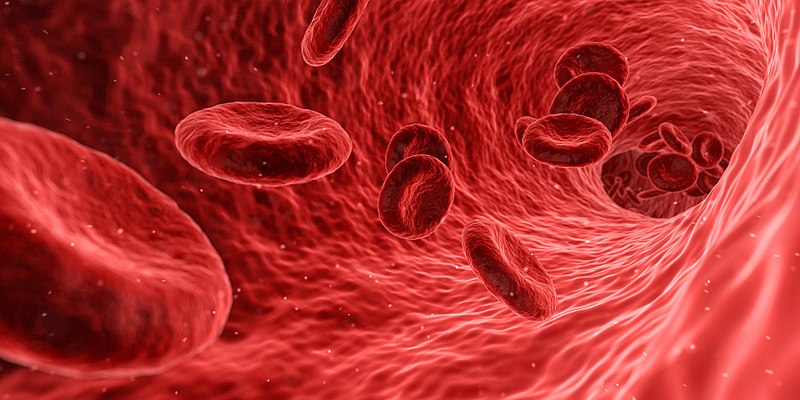A 39-year-old man from Germany suffering from vomiting, headache and reduced alertness, went to the University Hospital of Cologne. Doctors discovered that his blood had so much of fat that it almost looked like milk. Further analysis showed that the fat in his veins was about 28 TIMES higher than normal.
They found man’s fatty triglyceride count was hitting 18,000 milligrams per decilitre – 36 times higher than the normal level of 150mg/dL.
Doctors normally treat this type of condition with a technique called plasmapheresis , which is similar to dialysis.
In this process doctors extract blood plasma from the patients’ body, remove the excess triglycerides (or other toxic components), and return the clean, filtered blood to the patient.
But in this case, when doctors tried this approach, his extremely thick and fatty blood caused their plasmapheresis machine to clog.
After unsuccessful trial, doctors turned to an ancient, largely unused treatment ‘bloodletting’.
They withdrew two litres of his blood. Then they replaced it with saline solution, red blood cell concentrates and fresh frozen plasma. After this procedure, man started to recover. After two days, his triglyceride levels were low enough for plasmapheresis to be effective.
The researchers wrote, “If plasmapheresis can not be done due to extreme hyperviscosity, our experience demonstrates that conventional bloodletting with replacement [fluids] may be an effective alternative.”







